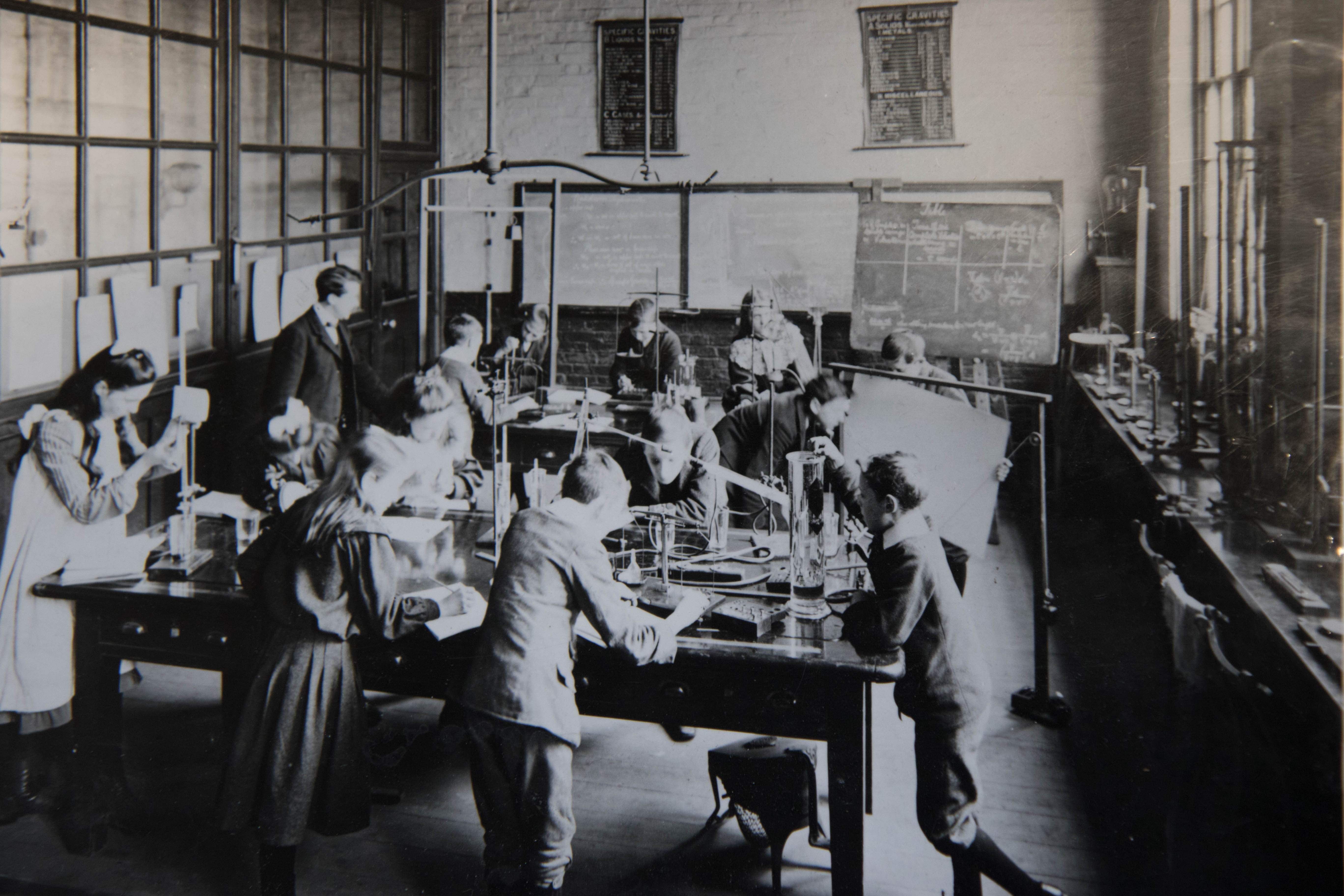City of Westminster College entered a new and exciting phase in its 100-plus year history in January 2011, with the opening of the new Paddington Green Campus.
This inspirational Schmidt Hammer Lassen-designed building was constructed on Paddington Green to replace a previously purpose-built block constructed in 1967.
The £102 million Campus, largely grant funded by the Learning and Skills Council, was designed to be in tune with the historic nature of the local area and take advantage of its superb site overlooking Paddington Green and St Mary’s Gardens. Incorporating extensive outdoor spaces into its innovative stepped design, the building maximises light and space, while respecting local surroundings.
‘Learning anytime and anywhere’
One of the key design briefs for Paddington Green Campus was to create a learning environment equipped to take advantage of 21st-Century technology. With wi-fi throughout and a mix of formal and informal teaching and meeting areas, the building enables ‘learning anytime and anywhere’.
Another key ambition was to create an inclusive space with more access for the local community. As well as designing a building that encourages visitors to step through the entrance, the project team included more public-access areas inside, including a café with outdoor terrace on the ground floor. The adjoining Sarah Siddons Theatre is open for some performances and events and was named after the famous 18th century actor, who is buried in nearby St Mary’s Churchyard.
Project steering and development
The redevelopment of Paddington Green Campus was steered by Chair of Governors Jude Boardman, who was awarded an MBE for services to Further Education in London in HM the Queen's 2010 Birthday Honours List. City of Westminster College lead on the project was Deputy Principal David Pigden. During the demolition and construction phase Paddington Green students were relocated to a well-equipped temporary home on the other side of the Westway at Paddington Basin, moving back to Paddington Green Campus in time for the start of the new term in 2011. At that point the College vacated its Cosway Street and Maida Vale premises in order to bring more students together in one state-of-the-art Campus.
A brief history of the College
The College can trace its history as a distinct organisation back to September 1903, when Paddington Technical Institute opened. The first of its kind in London it was opened partly thanks to the efforts of leading Fabian Sidney Webb, then Chair of the Technical Education Board of London County Council. Key subjects were physics, chemistry, engineering, building, domestic economy, and dressmaking. After World War 1 the College grew to accommodate the swelling ranks of young people looking for post-school education and qualifications. By the 1930s there were nearly 1,000 students.
The College grew over the years to accommodate more than 7,000 students – becoming the largest provider of post-16 education in the London Borough of Westminster. It became known as City of Westminster College after the abolition of the Inner London Education Authority in 1990. Three years later it became an incorporated and self-governing organisation.


